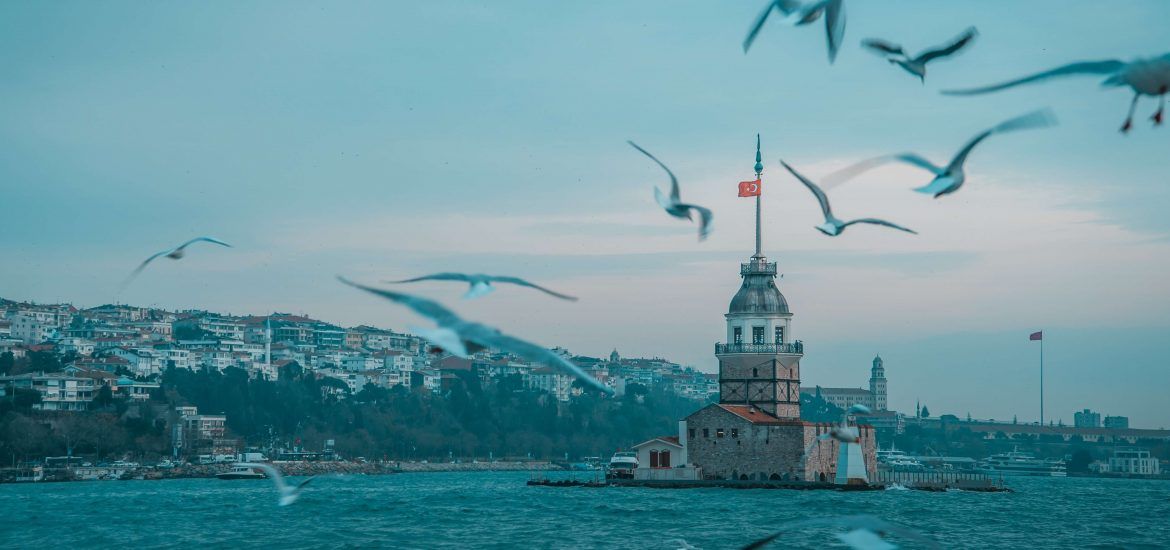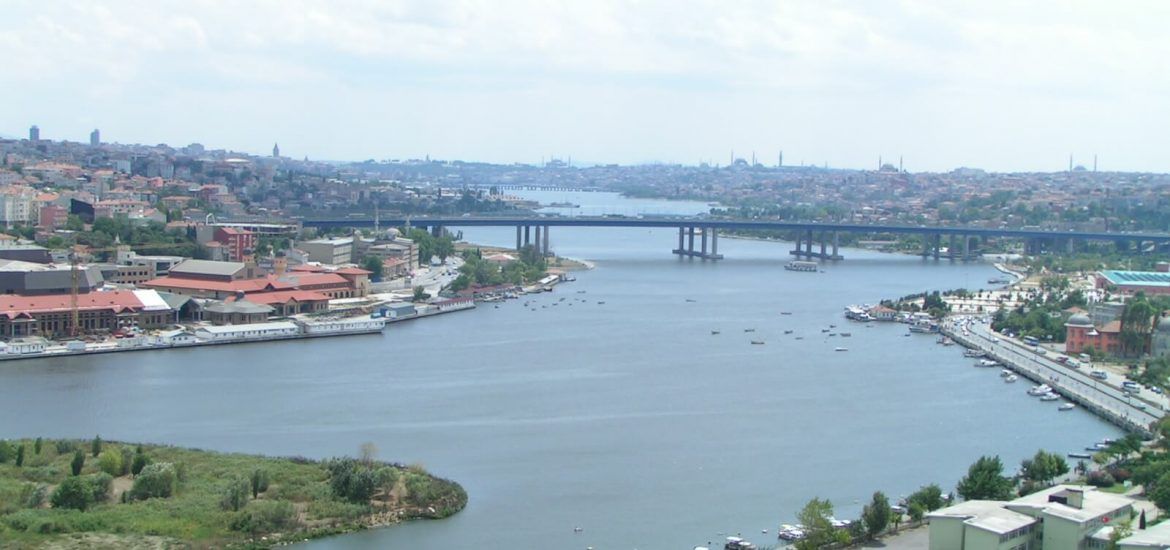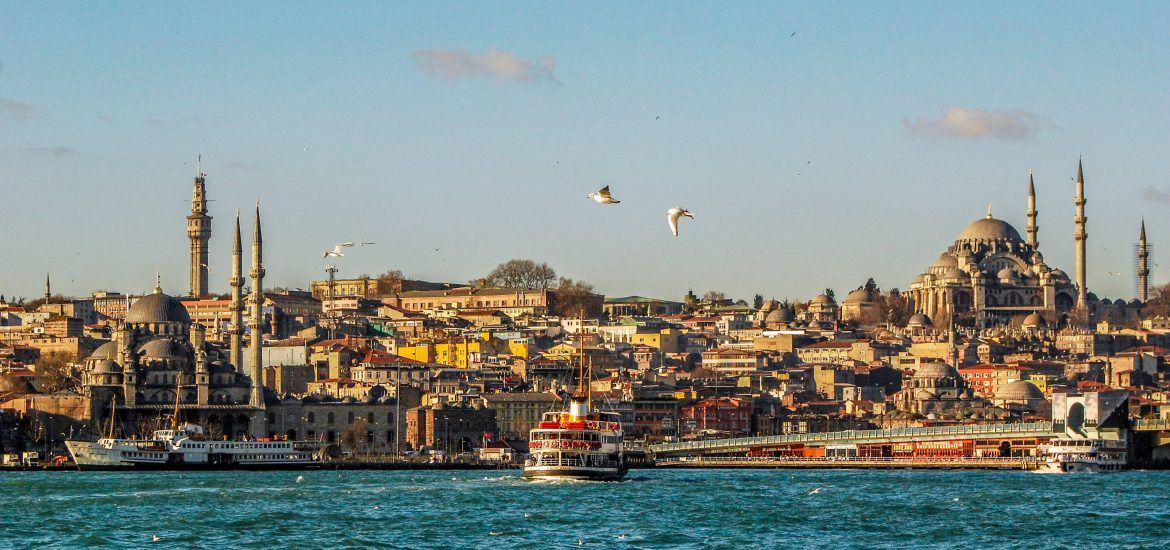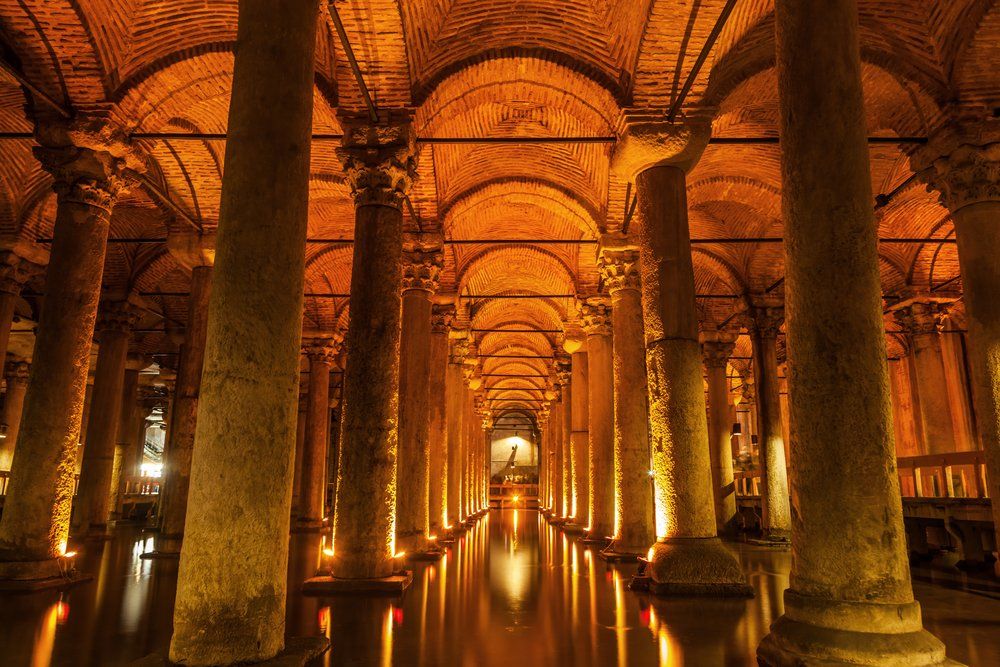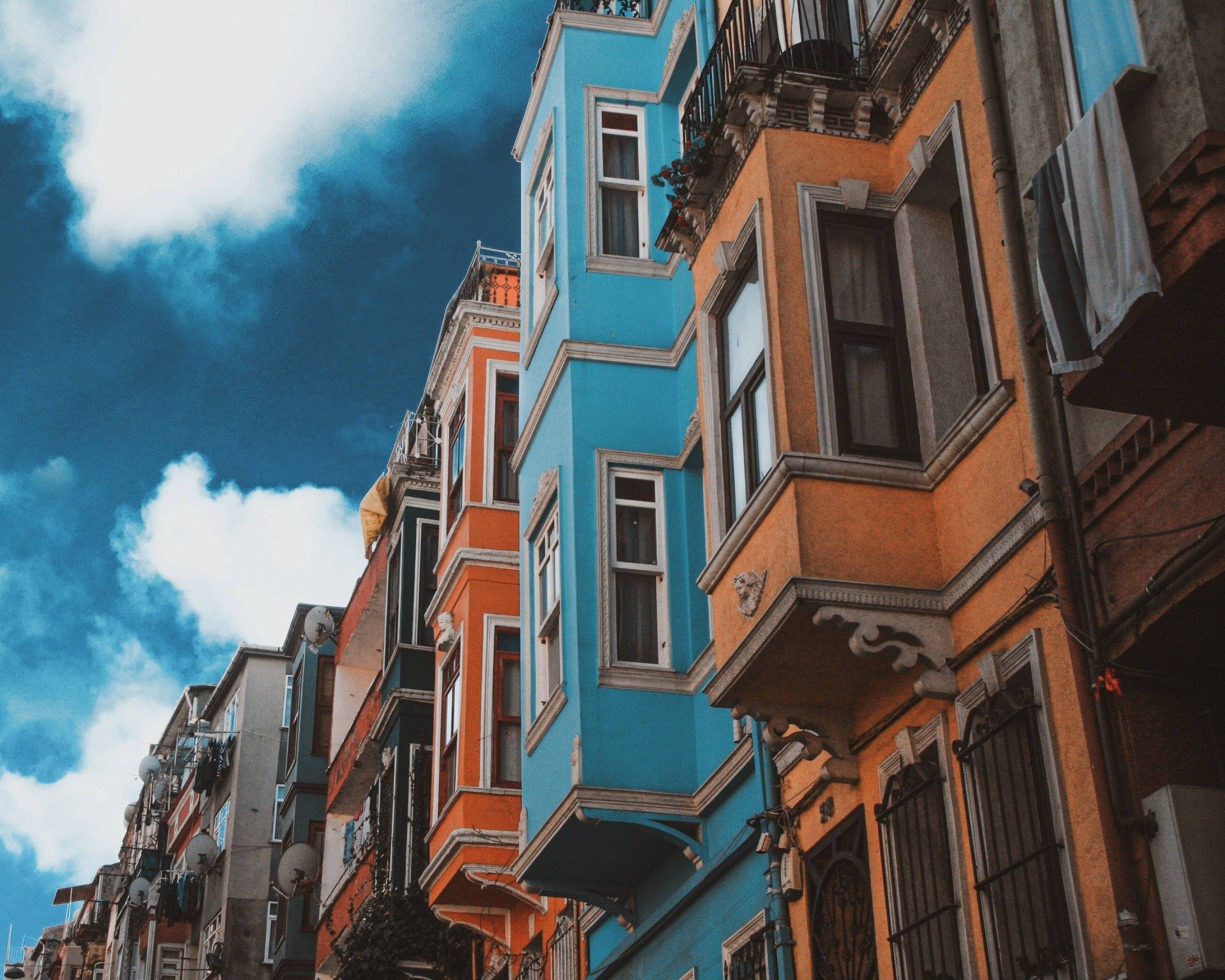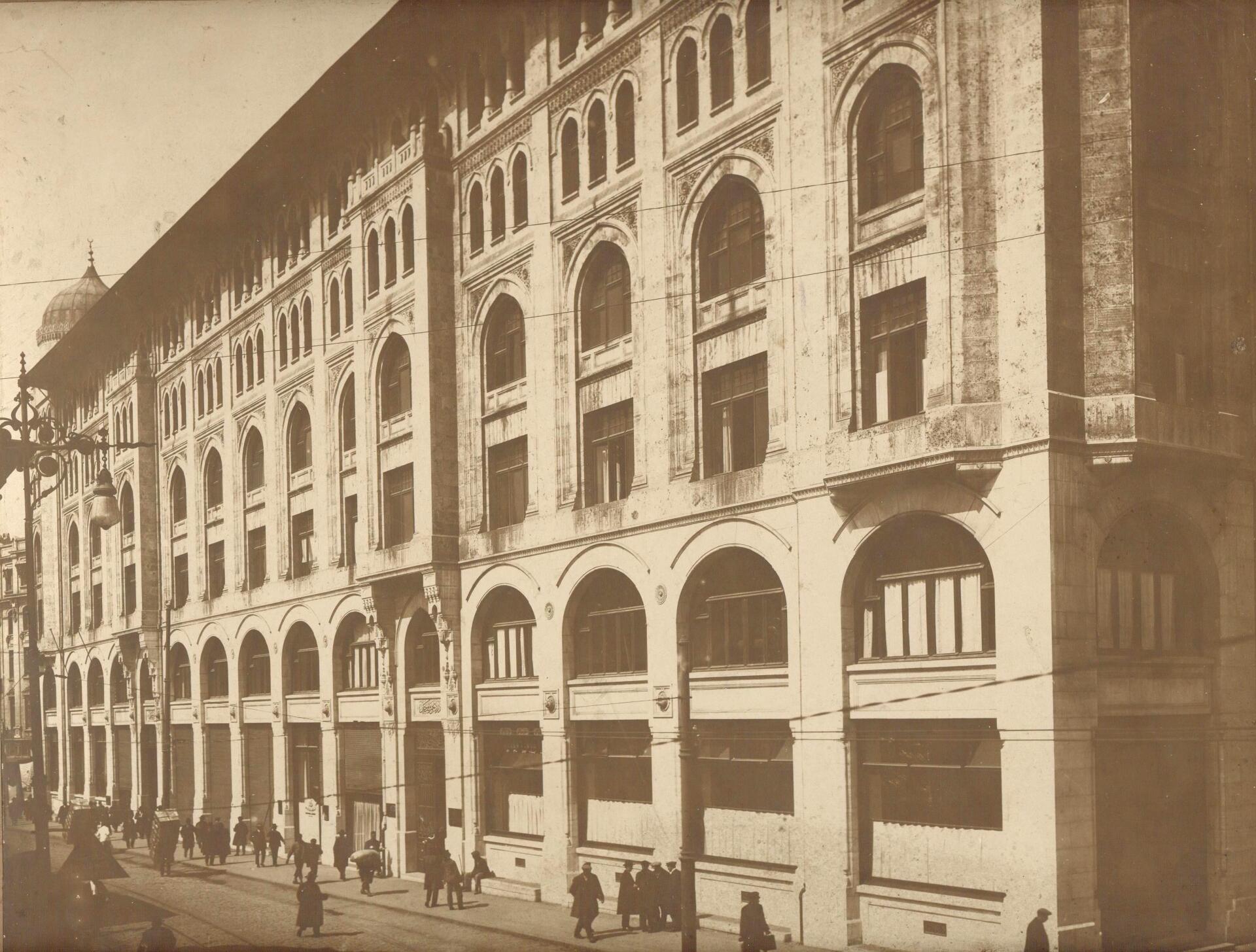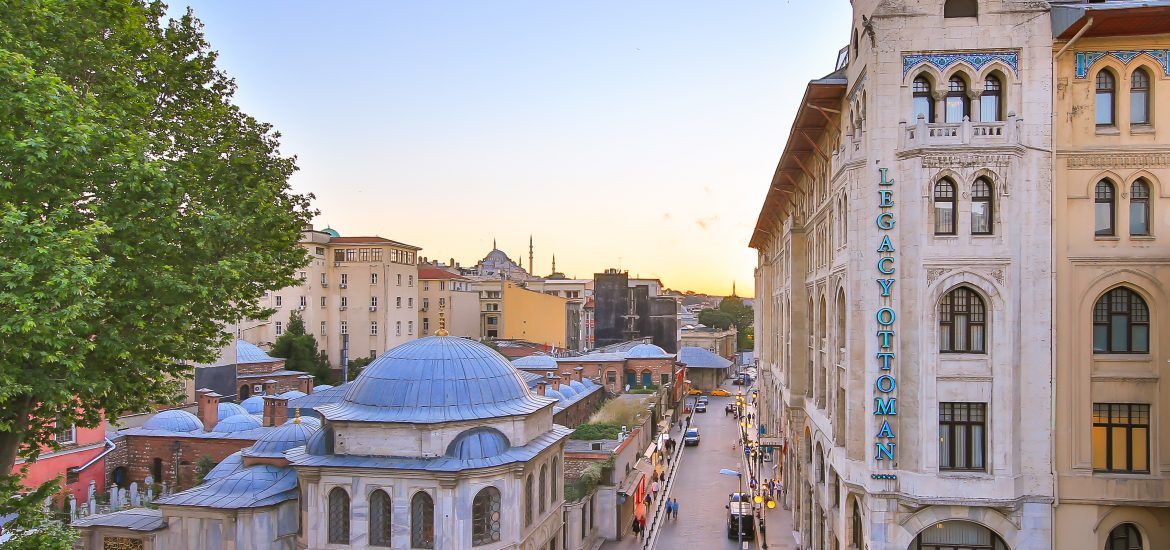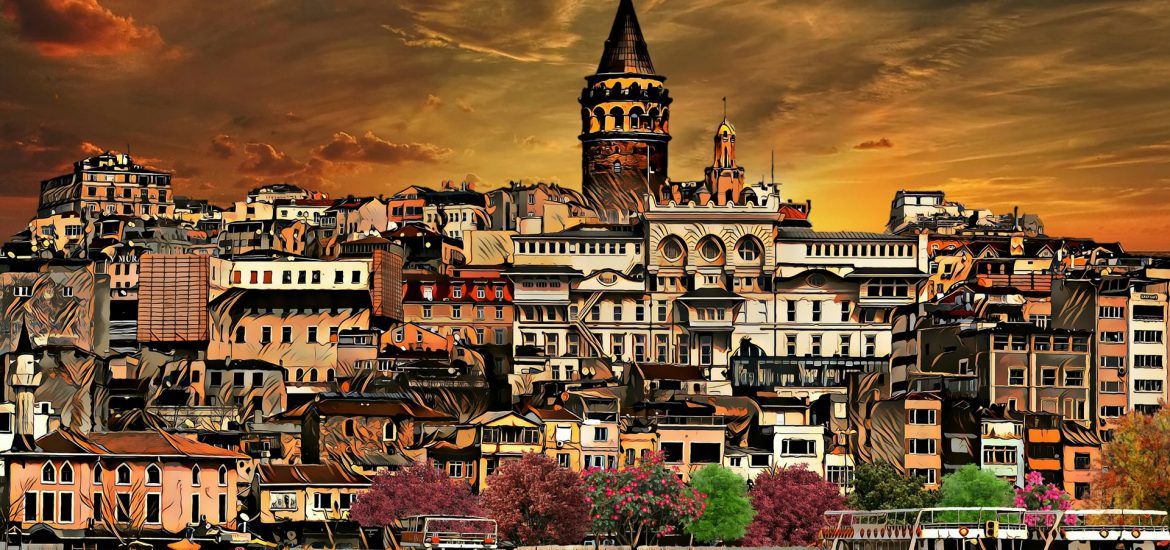The Historical Cistern of Istanbul: The Basilica Cistern
The Basilica Cistern is a structure that has been the subject of legends. The Basilica Cistern located in the Historical Peninsula of Istanbul has been standing for 1500 years and attracts attention with all its mystery.
The Basilica Cistern, a unique structure among the places to visit in Istanbul, was built in the Byzantine period. The cistern in Sultanahmet was built to meet the water needs of the people of the city.
There are many mysteries in the cistern, which hosts thousands of tourists every year. Medusa Heads and the Weeping Column are must-see things.
History and Features of the Basilica Cistern
The Basilica Cistern, one of the most special places in Istanbul, was built during the Byzantine period. It was built by Emperor Justinian I (527-565) in order to meet the water needs of the Great Palace and the region.
The water of this cistern was brought from the Belgrad Forest with the help of aqueducts.
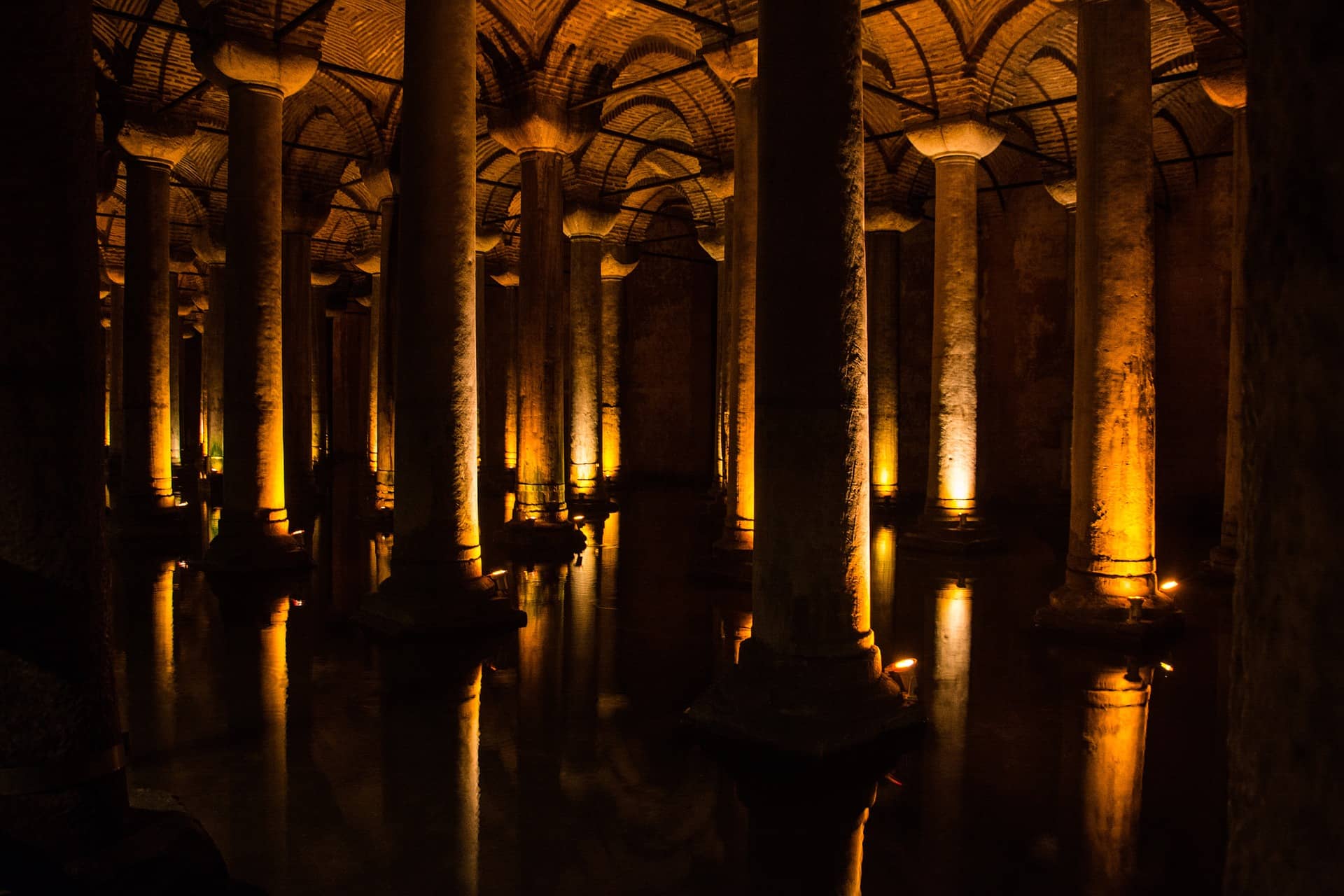
The cistern, which was not used after the Byzantine Period, remained in ruins for many years. The cistern came to the fore again, thanks to the discoveries of the Dutchman P. Gyllius, who conducted excavations in Istanbul between 1544-1550.
Thanks to Gyllius, who published the information about the building in his travel book, the cistern started to attract attention in the western world. Repairs were carried out during the periods of Ottoman sultans 3’rd Ahmet and 2’nd Abdulhamit.
After the establishment of the Republic of Turkey in the last 3 years, in 1955 a repair and cleaning work was done. In 1987, a tour platform was added to the cistern and it was opened to visitors.
Physical and Structural Features of the Cistern
Located on an area of 9800 square meters, the historical Basilica Cistern has a capacity of storing 100,000 tons of water. The 52-step ladder goes down into the cistern. The cistern consists of 336 columns, each 9 meters high.
These columns are lined up in 12 rows, 28 in each row. These columns are all cylindrical except for a few.
The ceiling of the cistern is supported by arches. The base and side walls of the cistern are made of Khorasan Mortar, which is waterproof.
The historical cistern, with a total length of 140 meters and a width of 70 meters, is also called the “Basilica Cistern” due to the old religious building in its location.
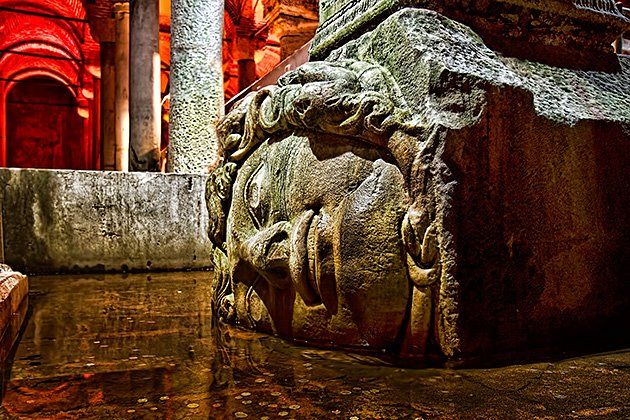
Important sections to be seen in the Basilica Cistern
Medusa Heads
At the beginning of the must-see sections of the Basilica Cistern are the pillars with the Medusa Heads.
The Medusa Heads, which attract the attention of tourists with their interesting appearance, are located inverted under the two columns in the northwest corner of the cistern.
It is still unknown where these support stones were brought here. This obscurity has caused many legends to be produced about Medusa Heads.
According to one of the legends, Medusa is one of the most beautiful women of antiquity with her black eyes and long hair. Medusa, beloved with Perseus, the son of Zeus, was cursed by Athena.
The long hair of Medusa, who was cursed by Athena, turned into a snake, and her gaze began to turn the men staring at her to stone.
According to another legend, Medusa Heads were put here to protect the cistern.
Tear Pillar (Weeping Pillar)
It differs from the others with its carving and reliefs of a column between the columns of the cistern. This column, which previously had tear-shaped patterns on it, is believed to represent the slaves who died in the construction of the cistern.
There are motifs called peacock eyes on the weeping Column. The appearance of this column is like a truncated tree.
This pillar always looks wet, unlike all the other pillars.
There is a hole in the middle of the column. It is believed that the wishes and desires of those who put their finger in this hole will come true. That’s why it is also called the Wish Pillar.
How To Get To The Basilica Cistern?
The Cistern is located in Sultanahmet Square.
The easiest method of transportation is to use the T1 Kabataş-Bağcılar tram. After getting off at Sultanahmet station by tram, you can reach the cistern with a short walk.
Entrance Fee and Visiting Hours
Entrance to the Basilica Cistern, which is among the places to visit in Istanbul, is paid.
Student ticket is 5 TL, regular ticket is 10 TL. Entries for foreign tourists are 20 TL.
There is no Müzekart in the Basilica Cistern.
The Basilica Cistern is open 7 days a week. Visits starting at 9:00 in the morning continue until 17:30.
